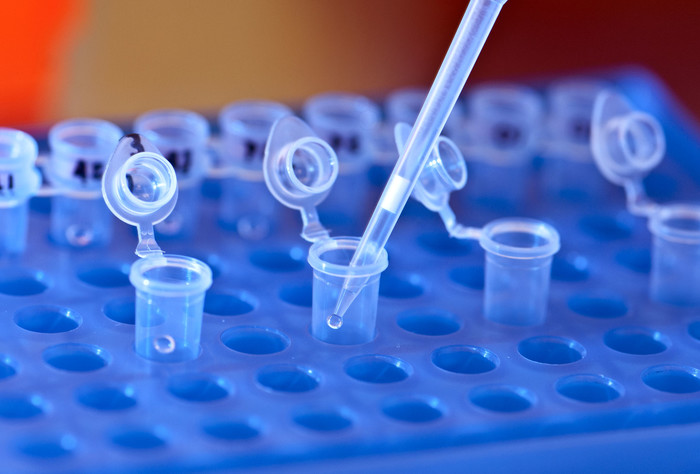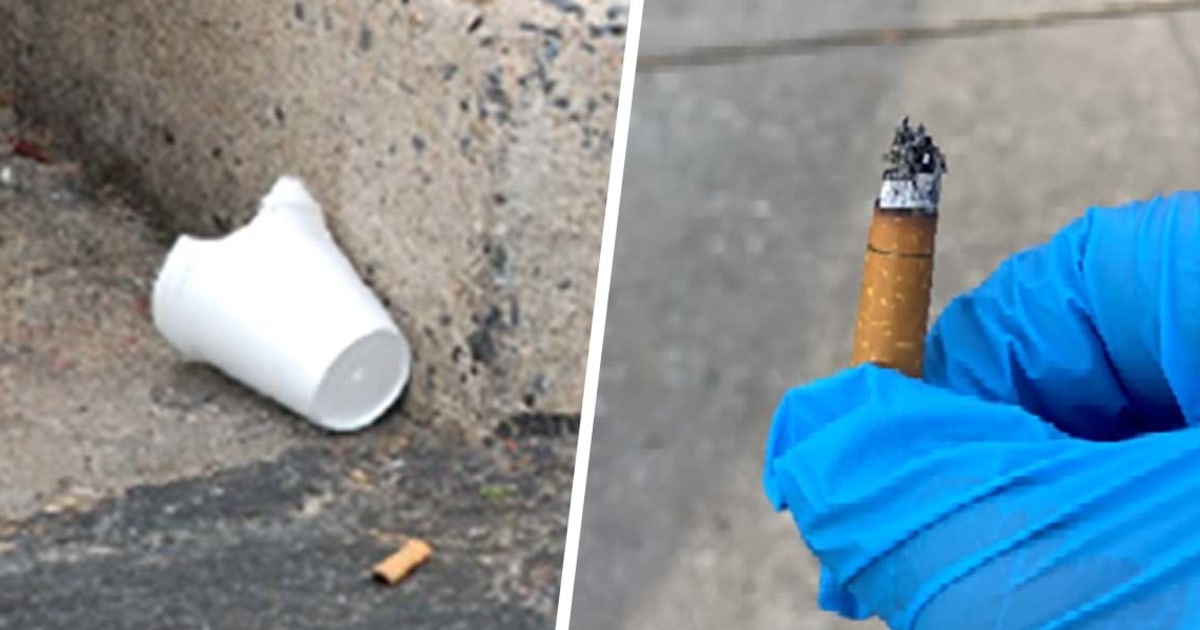Human DNA is everywhere, from river water to soil to air, including that of a crime scene, and now there are technologies to find it in the DNA dispersed in the environment (environmental DNA), so far used to study biodiversity. The discovery, made by David Duffy of the University of Florida and published in the journal Nature Ecology & Evolution, demonstrates the incredible potential of new genetic analysis techniques, but also opens up important ethical and legal questions about the possibility of being controlled, a sort of genetic surveillance.
The discovery stems from the analysis of the so-called environmental DNA, i.e. the genetic material that can be found in the environment left by the presence of animals and which provides important indications to know, for example, which species are found in that microenvironment. By analyzing the samples with next-generation genetic sequencing techniques, the researchers identified multiple times, and easily, even samples from colleagues who had simply collected the materials, until they easily identified individual researchers.
It has been possible using the increasingly advanced genetic sequencing techniques called 'deep' which, if on the one hand allow to obtain a lot of important information, on the other hand also open up a series of ethical concerns. The risk is "unwarranted genetic surveillance," legal expert Natalie Ram, of the University of Maryland in Baltimore, told Nature.
Surely an important advantage will come for crime scene investigations, but, adds Ram, "each of us continuously loses DNA and therefore investigative methods that exploit these sources of DNA (including environmental DNA) can be exploited to know or target each of us". The risk is that the DNA dispersed even in public environments, such as a supermarket, can be used for example for consumer profiling surveys: with technologies that improve it is essential, concludes Ram, to find a fair and new balance between the possibility of preserving genetic privacy and for example facilitating investigations.
Human DNA is everywhere, from rivers to the air of a crime scene
2023-05-15T15:30:00.065Z
Highlights: DNA is everywhere, from river water to soil to air, including that of a crime scene. Now there are technologies to find it in the DNA dispersed in the environment (environmental DNA), so far used to study biodiversity. Discovery shows incredible potential of new genetic analysis techniques. But it also opens up important ethical and legal questions about the possibility of being controlled, a sort of genetic surveillance. The risk is "unwarranted genetic surveillance," legal expert Natalie Ram, of the University of Maryland in Baltimore, told Nature.

Human DNA is everywhere, from river water to soil to air, including that of a crime scene, and now there are technologies to find it in the DNA dispersed in the environment (environmental DNA), so far used to study biodiversity (ANSA)







